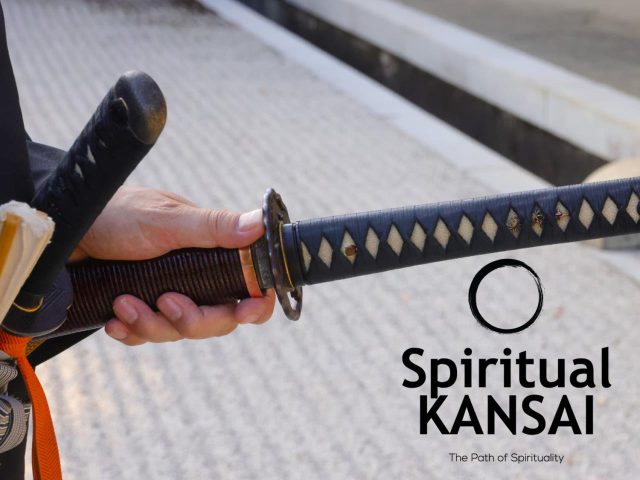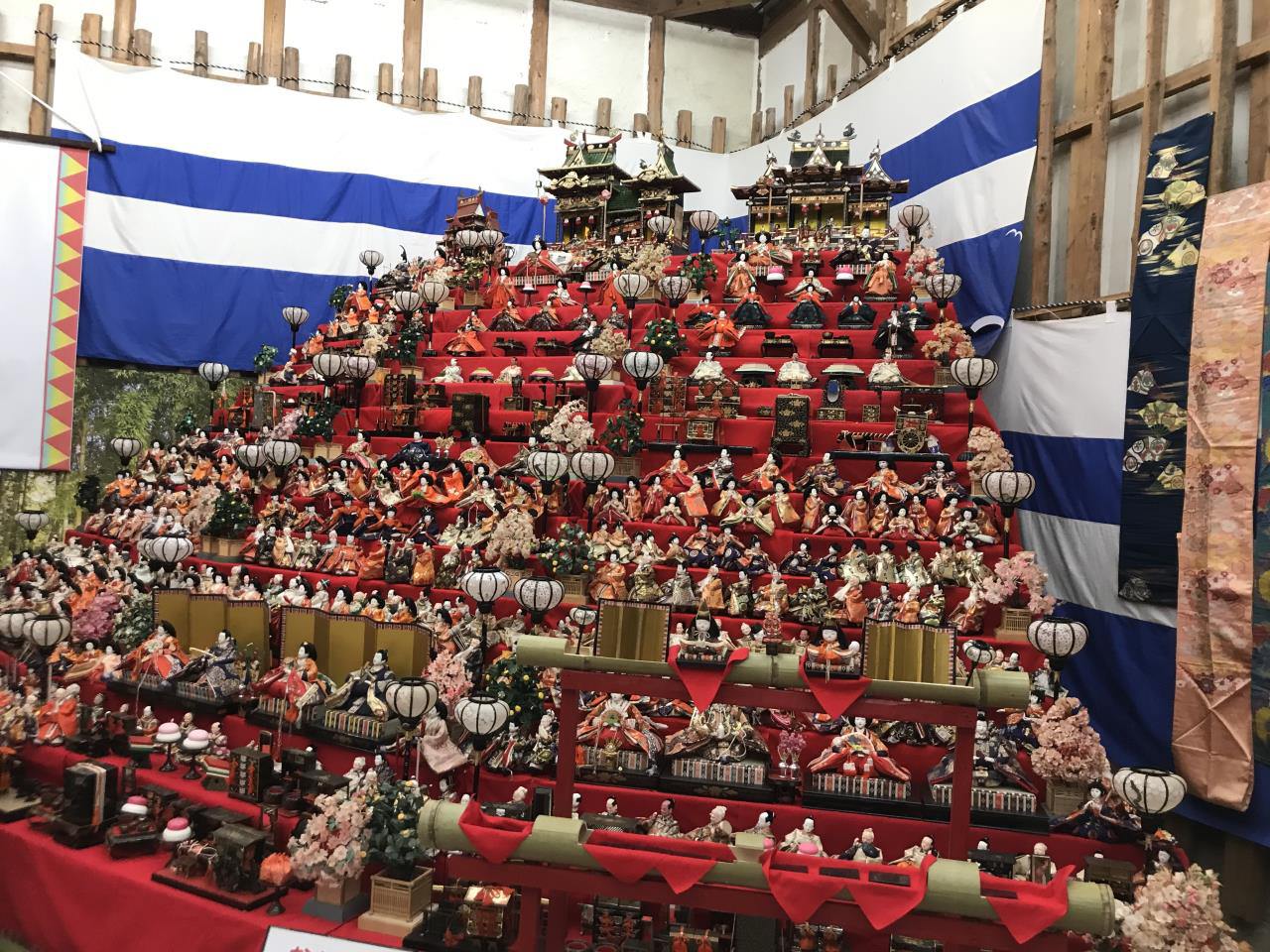
Machiya no Hina-meguri—A Castle Town Filled with Hina Dolls
Last update
Nara is best known for its deer, Buddhist statues such as the one at Todai-ji Temple, and old temples. Just one hour away from the city by train, however, is a little-known attraction—Takatori Town. Takatori flourished as the castle town of Takatori Castle between the medieval and early-modern periods, and still retains the atmosphere of old Japan. In March, the beautiful town plays host to an adorable event known as the Machiya no Hina-meguri, in which large numbers of hina dolls decorate the streets.
View the Hina Dolls of the Town’s Residents
Right outside Tsubosakayama Station is an approximately one-kilometer-long narrow stone-paved path. This path and its surrounding areas are the stage for the Machiya no Hina-meguri. Every year in March, around 90 charming old buildings along the path display their hina dolls. Homes proudly arrange their dolls by the front door or verandah, while shops unveil them outside. Some of these dolls are handmade, others are antiques, and some are masterpieces that have been created by famous craftsmen. All are unique and beautiful in their own right. Sometimes, even first-time tourists are invited inside to take a look at the dolls up-close—a unique opportunity in a country where people are typically quite reserved. The picturesque combination of Takatori’s old streetscapes and stunning hina dolls offers visitors a taste of classic Japan.
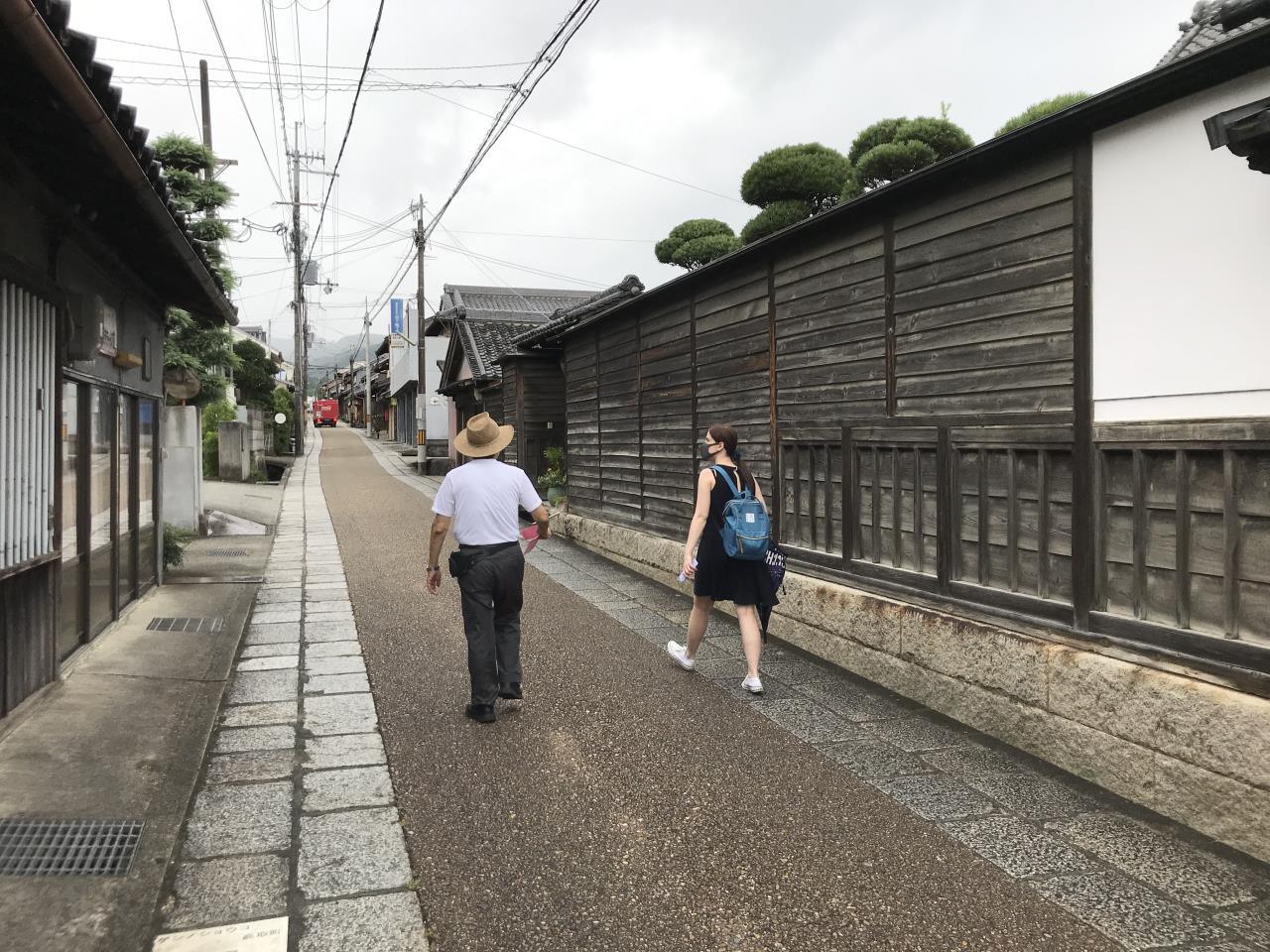
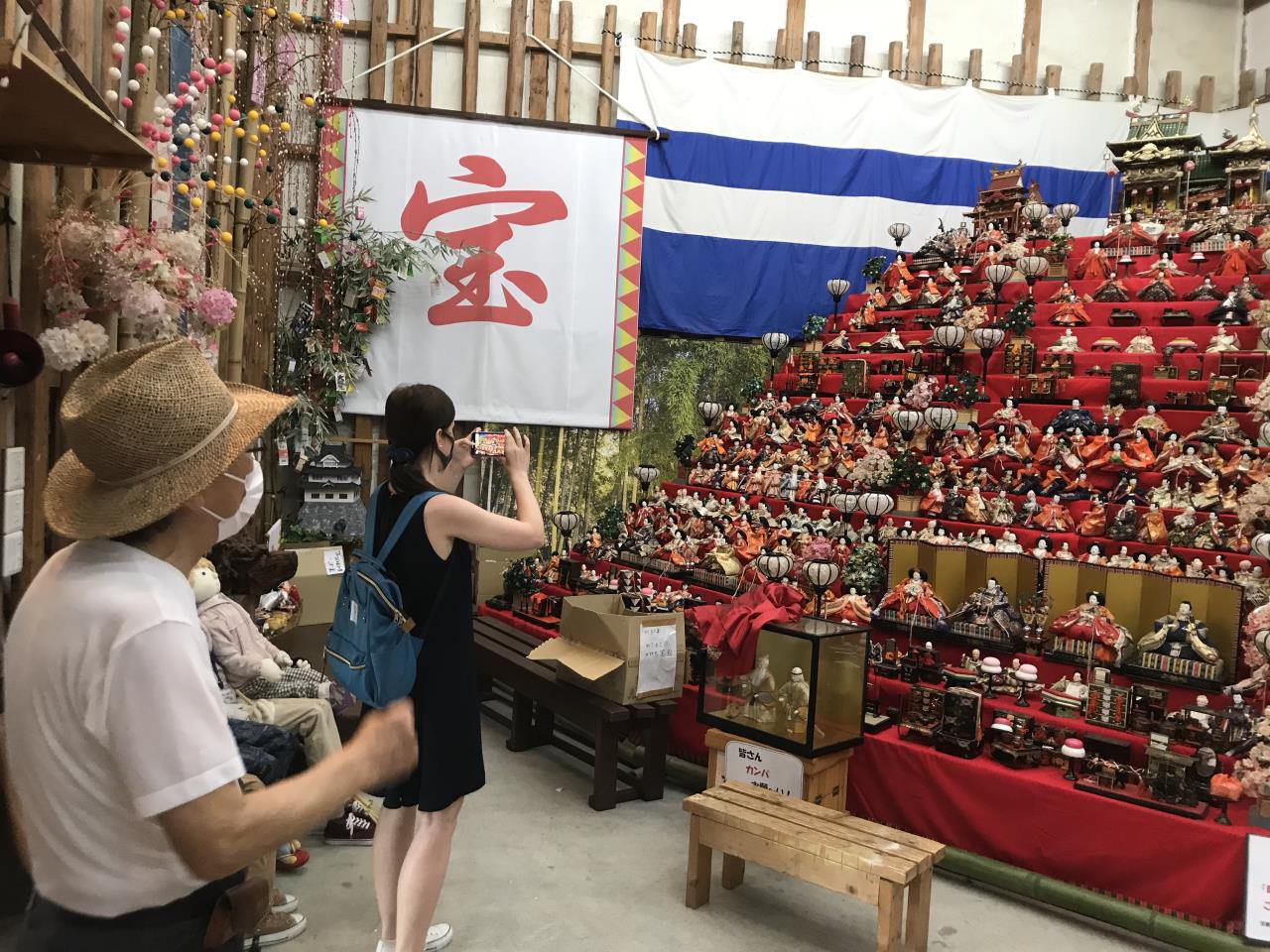
Hina ningyo and the Hina-matsuri
When girls are born in Japan, they traditionally receive a set of male and female dolls, known as hina ningyo, as a gift. The Hina-matsuri, or Doll’s Festival, is held on March 3 every year, and people celebrate by displaying their hina dolls at home. The practice is thought to date back to the way people played with dolls between the 8th and 11th centuries, and the design of the dolls is said to be based on an emperor and empress’s marriage ceremony. Traditionally, hina dolls are displayed on a special seven-tiered platform, with the top tier featuring the two main dolls (the emperor and empress), and the lower tiers those of lower rank, such as court ladies, vassals, and musicians. With various pieces of furniture also on show, the whole display is much like a doll’s house. After items related to samurai and geisha, hina dolls might be the next best souvenir from Japan.
The Hina no Satooyakan Museum
After strolling through the town to see the various hina dolls on display, the next stop should be the Hina no Satooyakan Museum, the highlight of the event. Here, around 500 dolls are magnificently displayed on a huge, 17-tiered platform. A range of other hina dolls are on display, too, such as the hanging tsurushi-bina. The museum is open between the 1 and 31 of March every year.
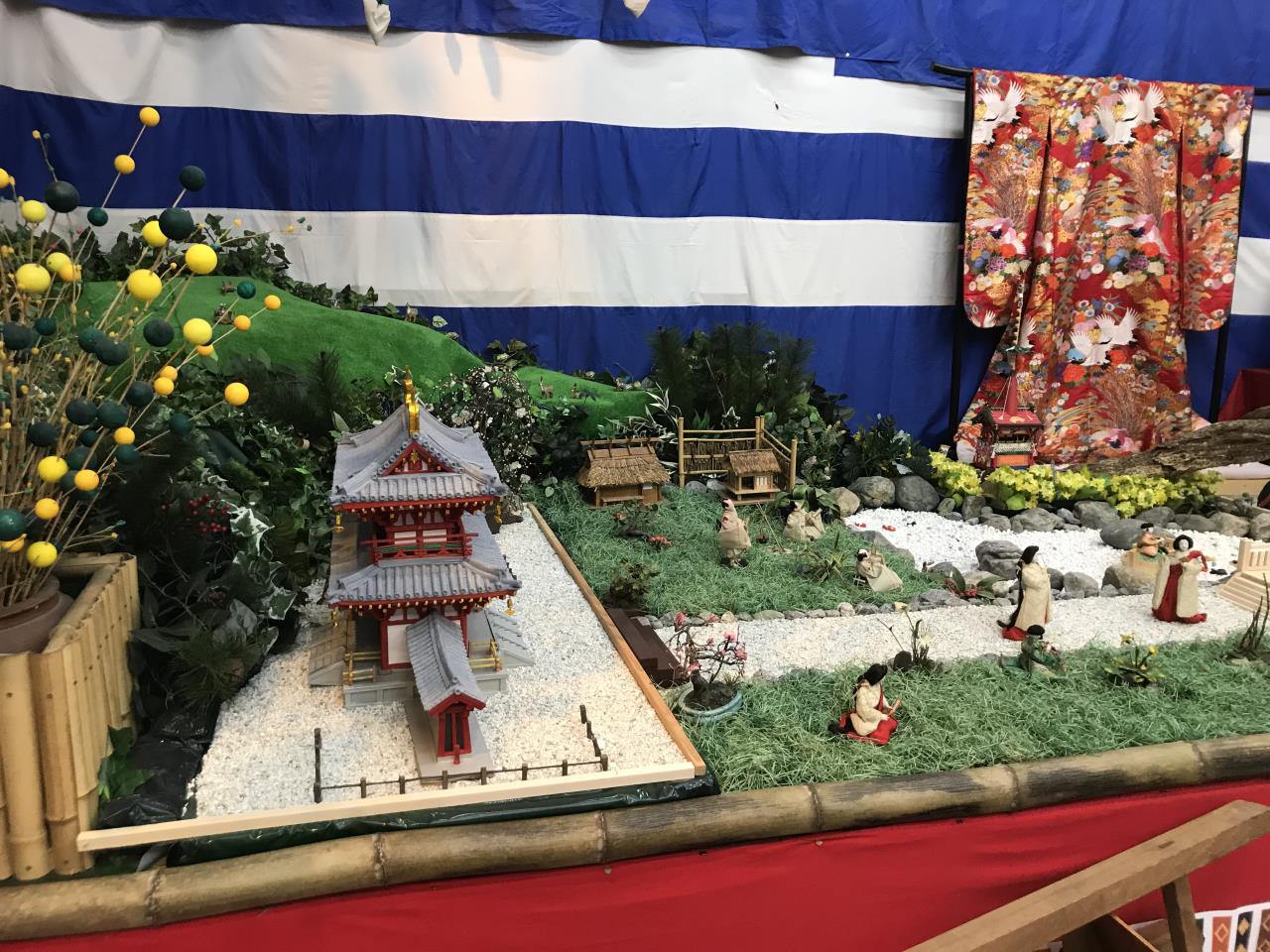
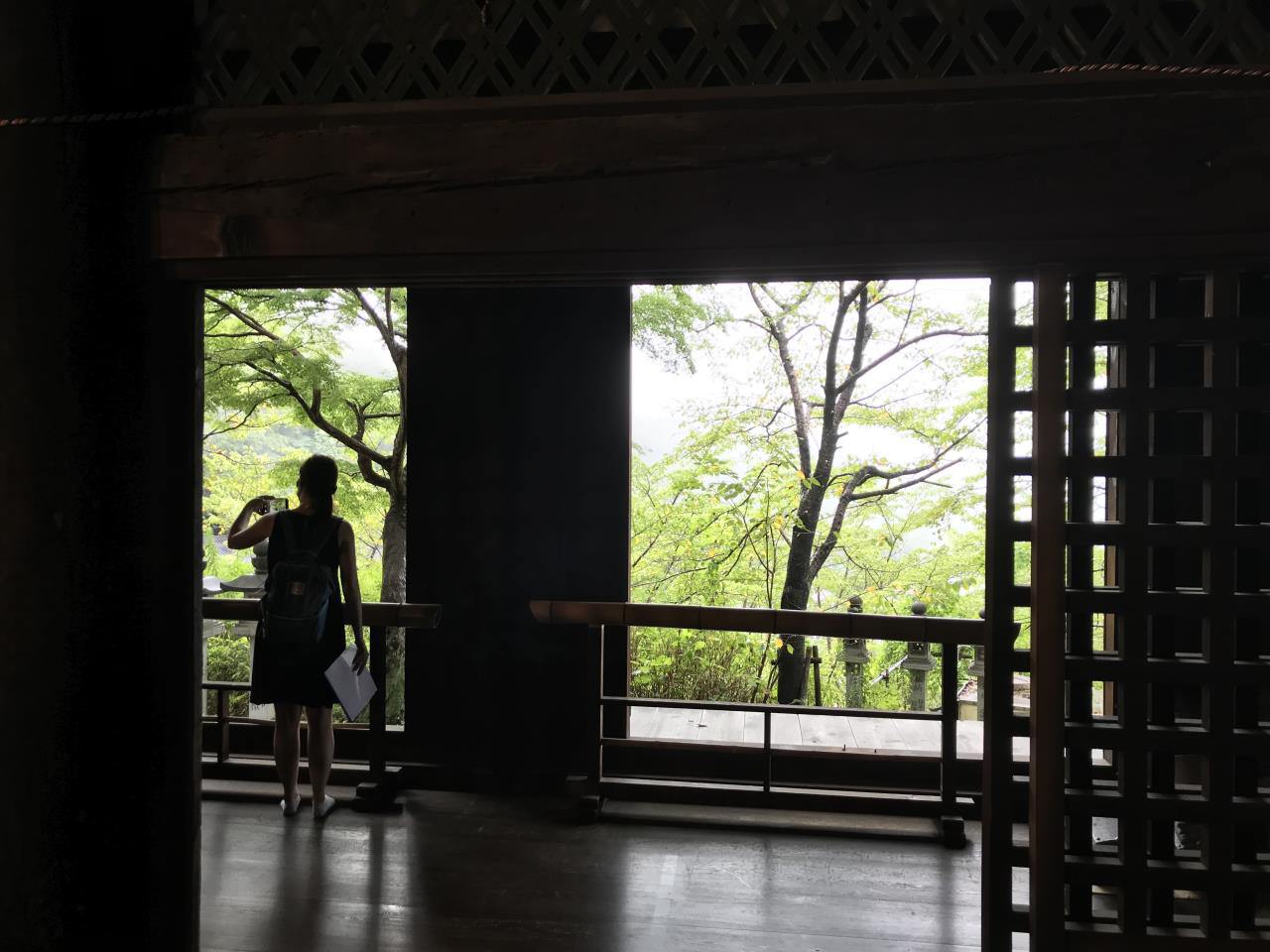
Unique Hina Dolls 4 km Up a Mountain at Tsubosaka-dera Temple
At Tsubosaka-dera Temple, visitors can see hina dolls displayed in the shape of a mandala, a sacred Buddhist image. In the main hall, over 2,000 dolls are arranged around a central image of the thousand-armed Kannon bodhisattva. Being surrounded by such a large number of dolls for the first time, together with the majestic aura of the temple, will no doubt provide visitors with a mystical experience. Make sure to look at each one to find your favorite! The dolls are on display from early March to early April every year.
Constructed in 703, Tsubosaka-dera Temple is rich in history. In March, visitors can check out the Machiya no Hina-meguri, and from the beginning to the middle of April, the temple’s stunning cherry blossoms.
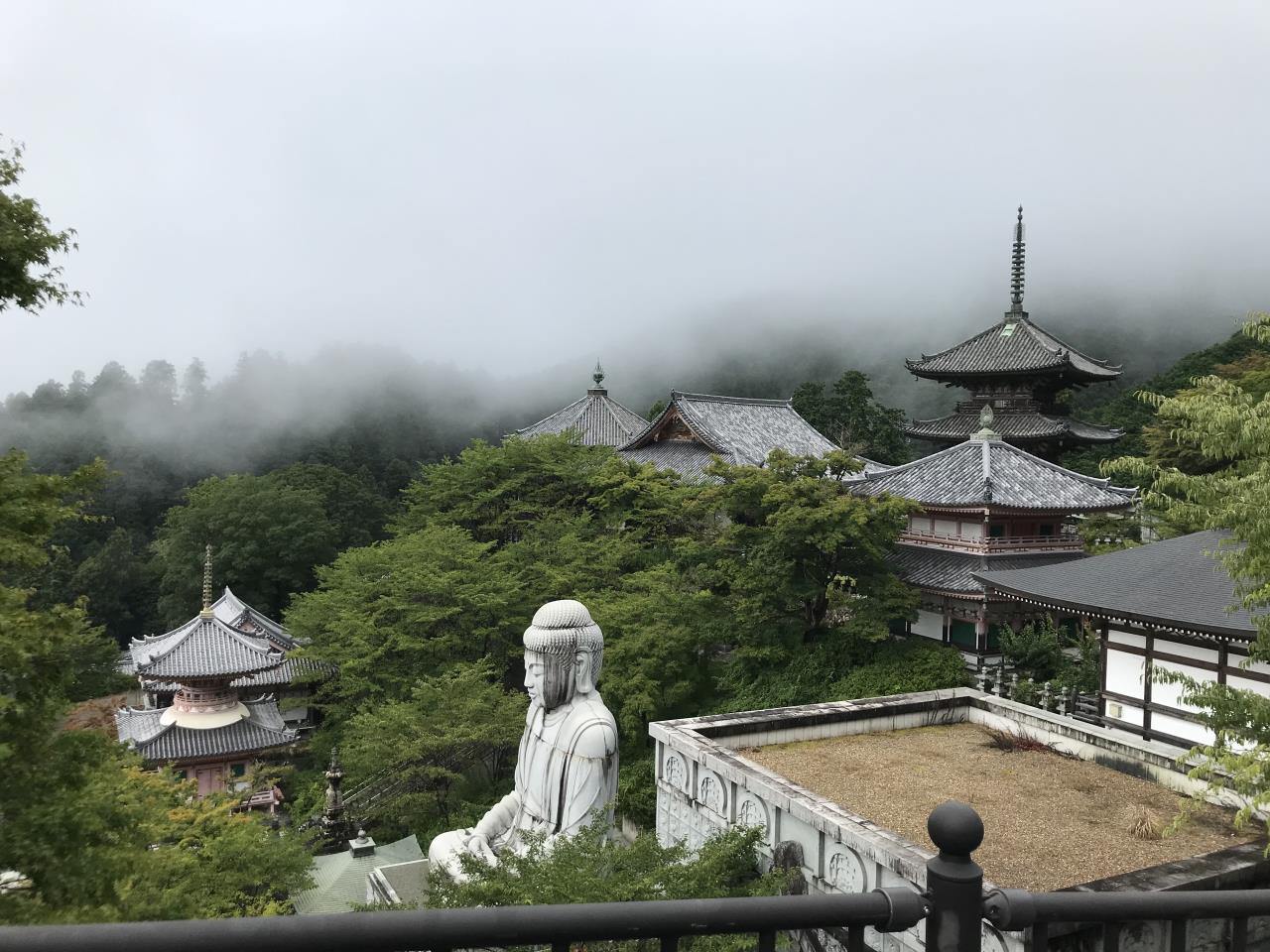
Check also...

Consider your accommodation in the Kansai area!

Restrictions on Large Baggage
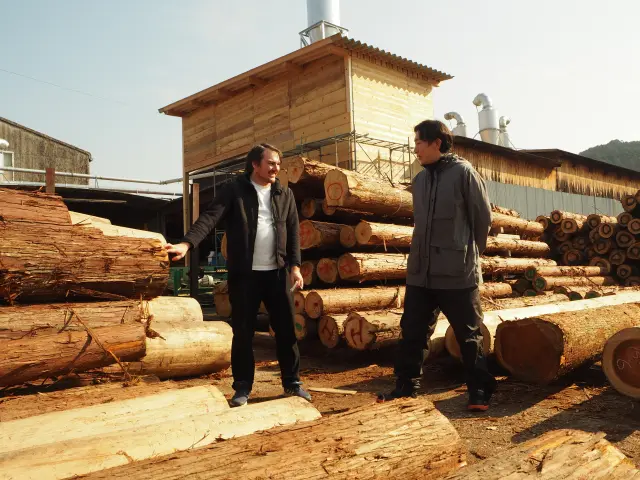
Fermentation, Forests and Waters - A Journey Into the Living Legacy of Tradition and Community in Shiga and Nara
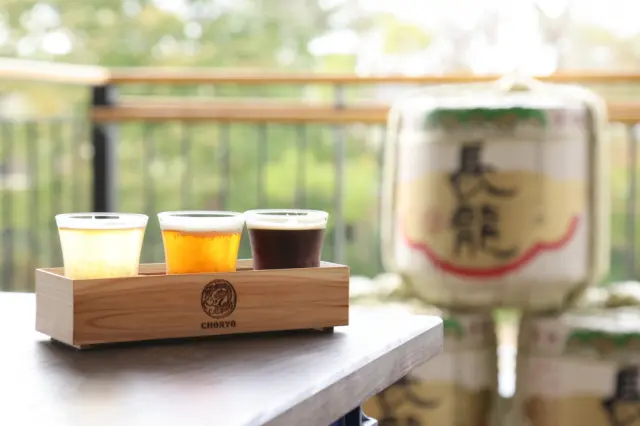
Nara: A Journey Through Its Ancient Fermentation Culture
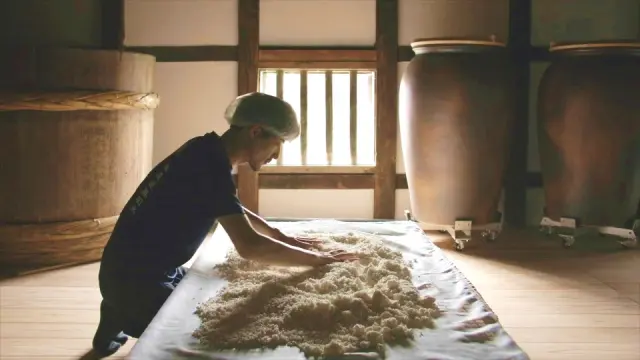
Three recommended spots related to "Nara sake" brewed in Nara, the birthplace of Japanese sake!
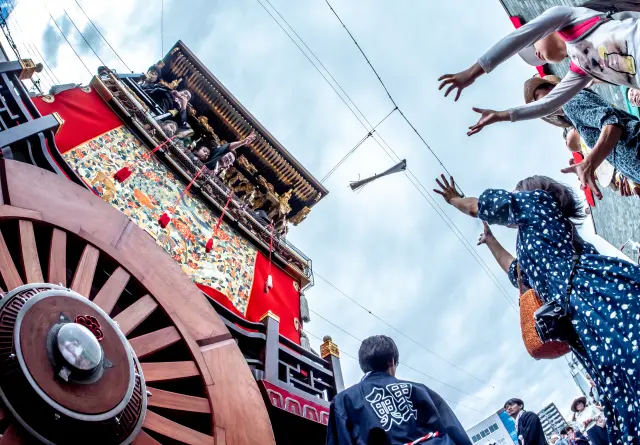
10 Traditional Performing Arts and Events in Kansai
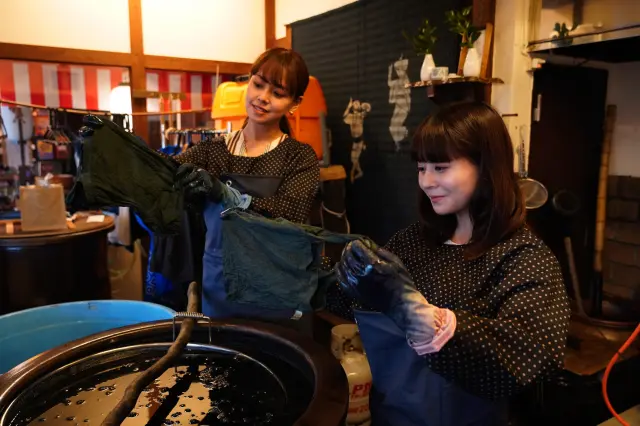
Top 10 Spots to Try Kansai's Traditional Crafts
